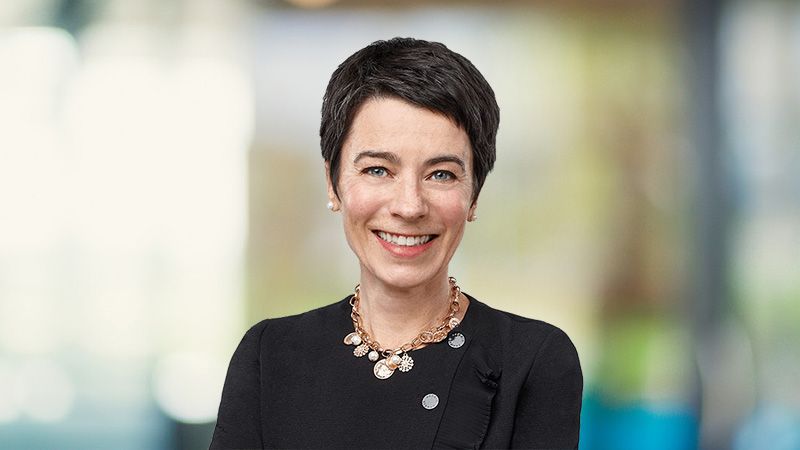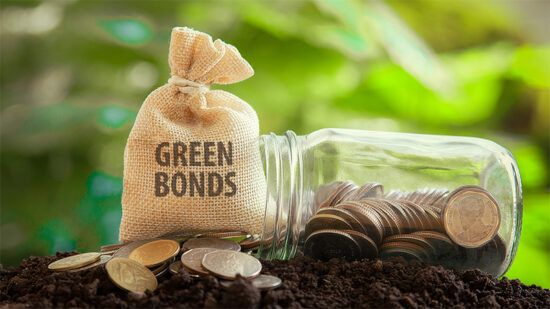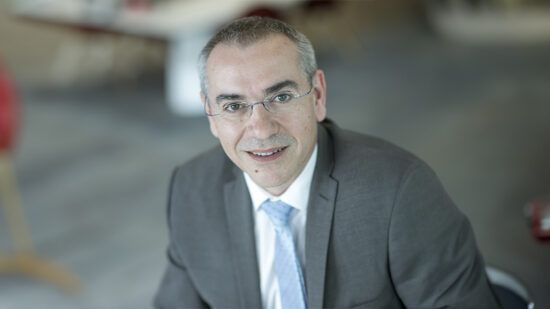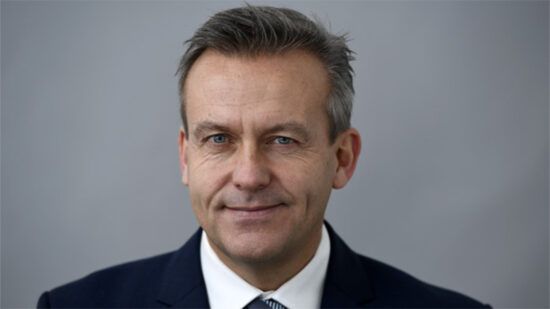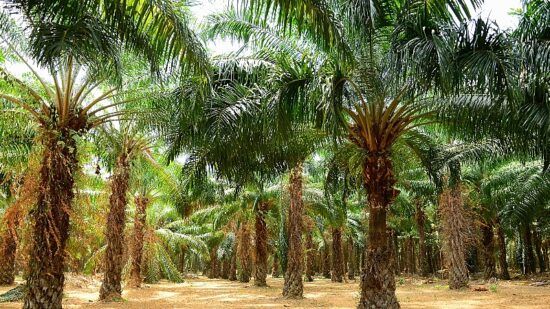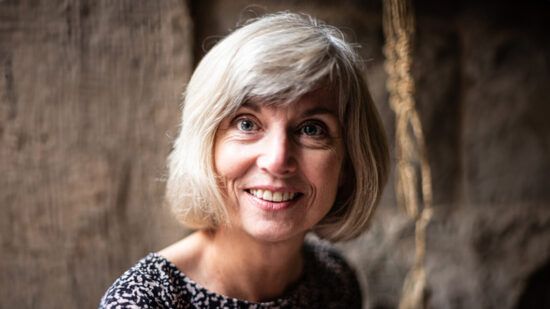According to the Carbon Literacy Project, contemporary food systems drive 90% of deforestation, 60% of biodiversity loss and 70% of the world’s freshwater use, while also contributing to over one-third of global greenhouse gas emissions.
However, climate change also poses a substantial threat to the food system, impacting both food security and the resilience of companies in the sector, with the Intergovernmental Panel on Climate Change (IPCC) estimating that, without significant mitigation efforts, climate change could reduce crop yields by up to 25%, exacerbating global food insecurity.
Against this backdrop, PA Future spoke with Stéphanie Lachance, partner and head of sustainable investment at Fiera Comox, about the firm’s Global Agriculture fund, and how the agriculture sector must go through an evolution to meet the growing risks and demands.
The agriculture sector seems to be on the frontline for many of the risks associated with climate change, but it’s also a major cause of nature and biodiversity loss. How do you go about building a sustainable investment framework for the sector?
When we think about agriculture, we have to remind ourselves of all the efforts that have been made by farmers over the years to ensure global food security, and I think we need to commend them for all the effort involved. However, we also have to recognise there needs to be an evolution of farming practices to face the new and evolving challenges in terms of climate change, a growing population, etc.
The most important part is to prioritise the regions most resilient to climate change because the regions that are vulnerable today are those that will probably be at the greatest risk tomorrow as well. So, you can either mitigate risk in those already vulnerable regions or avoid them in your investment strategy and focus on areas that will be more resilient to climate change. And that goes for biodiversity as well, which is obviously interlinked with climate change for agricultural strategies.
The next part is identifying the right farming partnerships. We run ‘own and operate’ models, where we invest alongside a farmer who will operate the farm while we provide financial support and other expertise to increase the resilience of that farm. However, the success of this strategy depends on good communication and taking the time to define what sustainable farming means using five core focus areas – climate change; energy; land and water use; investing in people, including health and safety; and community. Those five core focus areas must be understood before we decide to invest.
What three due diligence questions are the most essential for an investor to ask when considering investing in the agriculture sector?
The first question is probably about how to manage the core agriculture risks, and whether you’re going to invest solely in one commodity or region, or not. For us, we think diversification is probably the best way of approaching it, making sure we construct a portfolio to be as resilient as possible to varying scenarios, be it ESG-related or be it from a purely financial aspect.
Then the second question, for us at least because of the own and operate model we run, is making sure there’s a good alignment of priorities between us and our operating partner. Oftentimes, all it requires is a conversation at an early stage – pre-investment – about our sustainable investment framework in terms of those five core focus areas we talked about and, if we don’t see eye-to-eye on that, we can walk away and look for other opportunities.
Third, it’s about doing our due diligence in terms of asset location. Is it exposed to any climate risks? What kind of mitigations are available? And then the hydrologists and climate specialists we’re able to provide will also have a series of questions that go through the core focus areas too. But also, another question we raise quite early is about people. We love to talk about technology and robotics, but the fact remains that you can’t operate a farm today without people. So, asking who the people are, what’s the culture around health and safety and how are they compensated for their work? This tells you a lot about the quality of the operation.
I’d say those are the three main questions to consider. But of course, you can’t buy farmland without also making sure that you’ve got water rights, healthy soil and agricultural practices in place that will allow you to improve the way that you’re able to farm the land in the future.
Agriculture and the food system are intrinsically linked. How do you interact with that sector so that there’s engagement across the whole value chain?
There’s a very good relationship between all actors of the value chain in agriculture, and you cannot ignore the role of any one segment, from growers to retailers. Interestingly, I’d say retailers, until recently, didn’t differentiate between which farmers provided the food they were putting on their shelves to sell, but that has started to change because of consumer pressure, and because the retailers themselves are setting sustainability standards and objectives. Once the retailers started setting themselves those objectives, be it in terms of packaging, offering more organic produce etc, then the farmers feel that pressure and feel the need to follow that trend too.
The more sophisticated operators – and I think we fall under that category – believe we’re going to be preferred by retailers over time because we’ll be able to help with the traceability requests and can show evidence of better resource management through certification. So, it’s good to see that evolution, how that pressure from stakeholders is influencing how retailers are behaving and how that trickles down to the farm level. The next stage is making sure that ESG management practices are well-understood by the retailer and finding a common language to speak about these matters across the value chain on a consistent basis.
What opportunities have you been able to take advantage of in this space in terms of investment decision-making and asset selection?
One that comes to mind is our investment in an Australian row crop farm. What was interesting about it, during the asset selection process, was that our team of experts looked at the quality of the soil, weather patterns and other metrics, and found that a similar farm no more than a few kilometres away was not necessarily in the same condition in terms of soil quality and water access, but the multiples were the same from a cashflow perspective. So, it pays to go through that process and identify the differentiating factors for value creation opportunities.
This same farmer later came to us with a proposal to use precision camera spray technology, which could reduce the use of pesticides and herbicides by identifying when and where it was needed and not needed. The technology comes at a cost, but it helped reduce the application of those chemicals by 90%. So, that was an important investment that the farmer would not have been able to afford without Fiera Comox being present. And, on the flip side, it proved to be a good business case in terms of return, because it prevented the need to purchase lots of unnecessary chemicals and helped improve the soil quality, which was obviously in our interests as the owners of that land.
Do you have plans to adopt the Taskforce on Nature-based Financial Disclosures’ (TNFD) recommendations in the near future? If so, when? If not, why not?
You can’t think of farming today without thinking about climate change and biodiversity in general. Since 2022, the Global Agriculture fund has been publishing an annual report on its sustainable investment activities, and our sustainable investment practices are well aligned with the TNFD in terms of the three first pillars: governance, strategy and risk management.
We are now working on metrics – the first part of the fourth pillar of TNFD – for the fund, moving from qualitative to quantitative by creating a core set of standardised KPIs that we will measure across our entire portfolio. We already collect ESG data from our assets, but in some cases they vary. By having a set of core metrics, we will be in a better position to identify best practices and work towards continuous improvement.
We are also rolling out a data collection system to each of our assets that will better allow us to monitor, compare and disclose data moving forward, as well as make better-informed decisions, using our five core focus areas as the starting point. That said, we’re not at the stage of setting targets – which is the last part of the fourth pillar of TNFD – because we want to roll out the metrics first, and identify best practices through data and direct evidence from our farming partners that can be applied across our portfolio. Getting these elements right is what makes for targets that are robust. Once we’ve done that, then we’ll be in a position to consider adopting the TNFD recommendations.


